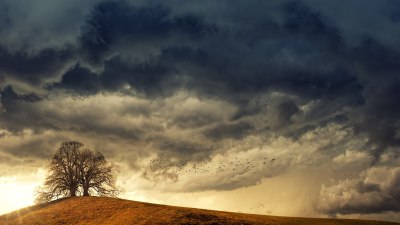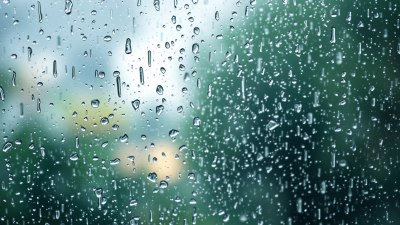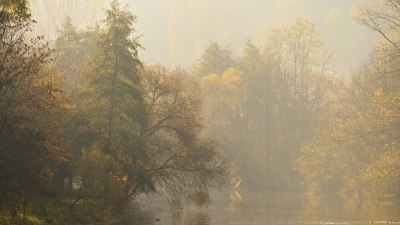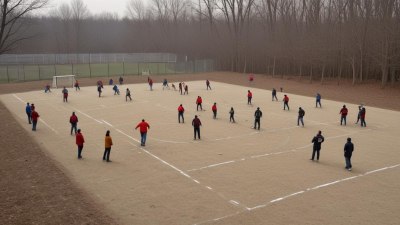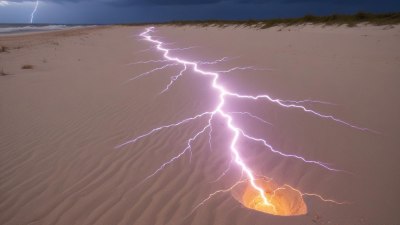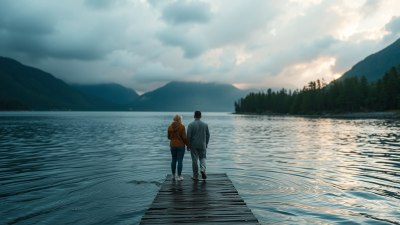How the Outdoors Can Heal Even Without a Word
Explore the powerful healing effects of nature on mental and physical health through silent interaction with the outdoors.
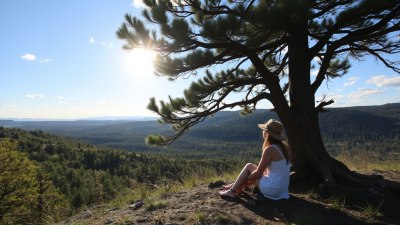
Image created with Flux Schnell
The outdoors has long been recognized as a sanctuary for the mind and body, offering restorative benefits that often transcend the need for verbal communication or conscious thought. Across cultures and ages, people have sought solace, clarity, and strength in the quiet embrace of nature. This article delves into how the natural environment contributes to healing, even when words are absent, by engaging our senses, emotions, and innate connection to the earth.
Silence itself has therapeutic qualities, and when paired with outdoor experiences, it creates a powerful environment for self-reflection and emotional restoration. The absence of conversation or external noise allows individuals to turn inward and attune to subtle internal signals, often leading to a deeper understanding of one’s emotions and mental state.
The Science Behind Nature’s Healing Power
Research has shown that time spent outdoors can decrease cortisol levels, the hormone associated with stress, and promote relaxation through the activation of the parasympathetic nervous system. This physiological shift helps reduce anxiety and lowers blood pressure. Even short walks in green spaces have been shown to improve mood and cognitive function.
Studies on 'forest bathing' - a practice originating in Japan known as shinrin-yoku - demonstrate how immersion in natural sensory experiences sans conversation can boost immune function and enhance feelings of vitality. The natural sights, sounds, and smells stimulate the senses in a way that fosters healing without the need for verbal interaction.
How Sensory Engagement Promotes Healing
When words fall silent, other senses come alive in the outdoors. The rustling of leaves, the scent of pine, the gentle warmth of the sun, or the coolness of a breeze—all contribute to a multisensory experience that can ground a person in the present moment. This grounding effect is a key element in reducing rumination and intrusive thoughts that often fuel mental health challenges.
Touching the bark of a tree, feeling the texture of wildflowers, or walking barefoot on grass can create a tactile connection to the environment, which is calming and centering. The natural world offers a unique form of nonverbal communication that resonates deeply, nurturing a sense of belonging and interconnectedness.
Healing Through Presence and Mindfulness
The outdoors encourages a state of mindfulness, where individuals notice the details of their surroundings with full attention. This presence does not require words but relies on observation and immersion in the environment. Mindful exposure to nature has been linked to decreased symptoms of depression, improved attention spans, and enhanced emotional regulation.
Activities such as hiking, birdwatching, or simply sitting quietly by a stream facilitate this mindful engagement. Even alone and silent, a person can experience profound insights and peace through connection with the rhythms and cycles of life observed outdoors.
Social Healing Without Speech
Outdoors, healing can also occur in silent company. Shared experiences in nature build trust and empathy without the barrier or pressure of spoken words. Groups that hike or meditate together without dialogue often find emotional bonds grow stronger through shared presence and synchronized rhythms of breathing and movement.
This form of nonverbal support can be especially meaningful for those who find verbal communication challenging or triggering, such as trauma survivors or individuals with social anxiety. Nature serves as a neutral space where healing happens in nonverbal cues, shared stillness, and parallel experiences.
Outdoor Spaces Designed for Silent Healing
Many parks, gardens, and natural reserves now incorporate spaces specifically intended for quiet reflection. Labyrinths, meditation gardens, and designated silence zones invite visitors to disconnect from daily noise and engage with their inner landscape amidst natural beauty.
Such spaces harness the therapeutic qualities of nature and silence, providing sanctuaries where healing can unfold without pressure or expectation. These areas often feature elements like water features, sculptural plants, and natural sound barriers to enhance a peaceful atmosphere conducive to mental restoration.
Children and the Silent Outdoors
For children, time spent in nature without constant verbal instruction or engagement promotes creativity, independence, and emotional resilience. Silent observation and exploration foster curiosity and problem-solving skills.
Furthermore, being outdoors without words allows children to develop a personal relationship with nature, which research suggests supports healthier development and stress reduction. The ability to interpret natural cues and find joy in the environment hones emotional intelligence in a profound, wordless way.
Challenges and Considerations
While the outdoors can be a powerful healer without words, it is important to approach time outside with awareness. For some, silence and solitude may initially evoke feelings of discomfort or anxiety, especially if nature is unfamiliar or associated with negative experiences.
Gradual exposure, guided practices in mindfulness, or joining supportive groups can help bridge these challenges. Recognizing that healing in nature does not always mean immediate peace or bliss but can involve confronting difficult feelings silently is crucial to understanding its full impact.
Practical Ways to Experience Outdoor Healing Without Words
If you are looking to harness the silent restorative qualities of nature, consider these practical steps: find a quiet green space, leave electronic devices behind, and simply be. Observe the environment with all your senses without trying to analyze or label experiences.
Allow yourself to be fully present to the weather, the animals, the colors, and the smells. Try slow, deep breathing and gentle movement to connect your body to the environment. Journaling after your time outdoors can help capture the internal shifts that occurred in silence.
The Enduring Human-Nature Connection
From prehistoric times to the present, humans have maintained a deep relationship with the natural world, often communicated and experienced without words. This connection continues to sustain, rejuvenate, and heal us by its very presence and capacity to evoke silent wonder and peace.
Understanding how the outdoors heals without speech invites a broader appreciation for nonverbal forms of communication and restoration. In embracing nature’s quiet power, we open ourselves to profound healing potentials that transcend language and intellect, reaching the core of our human experience.
